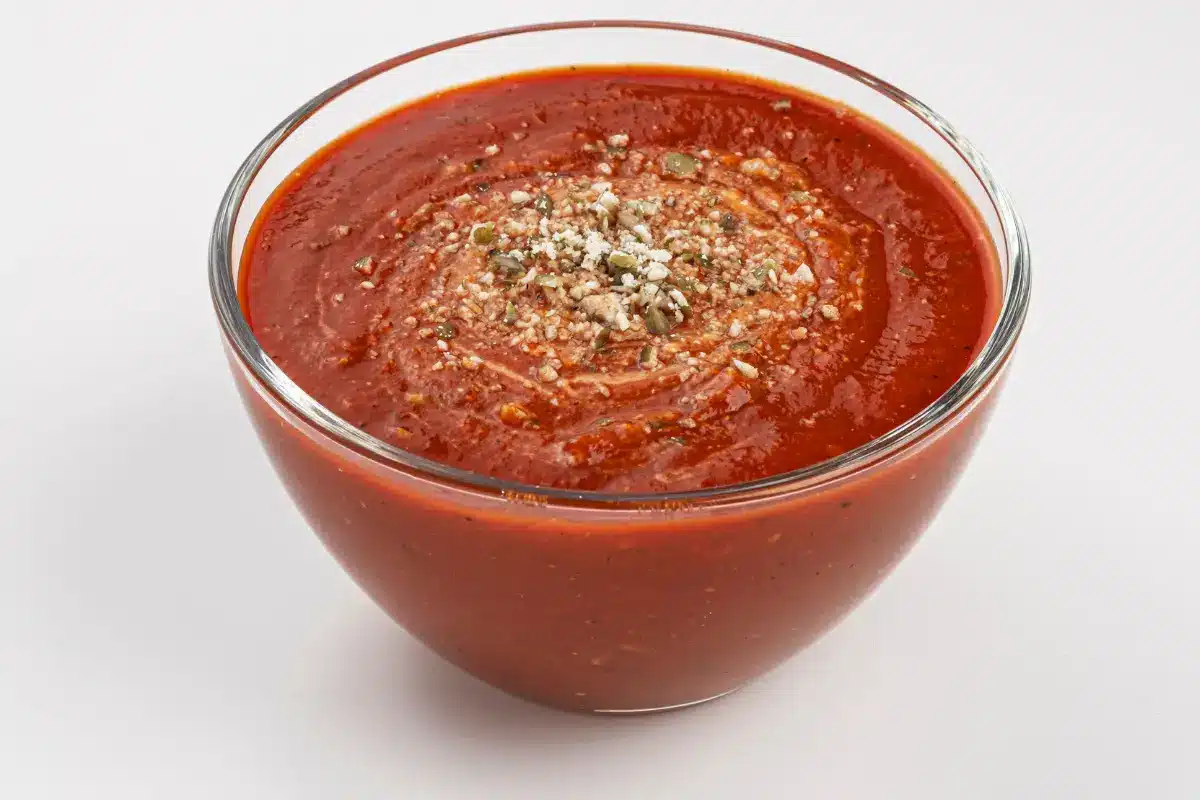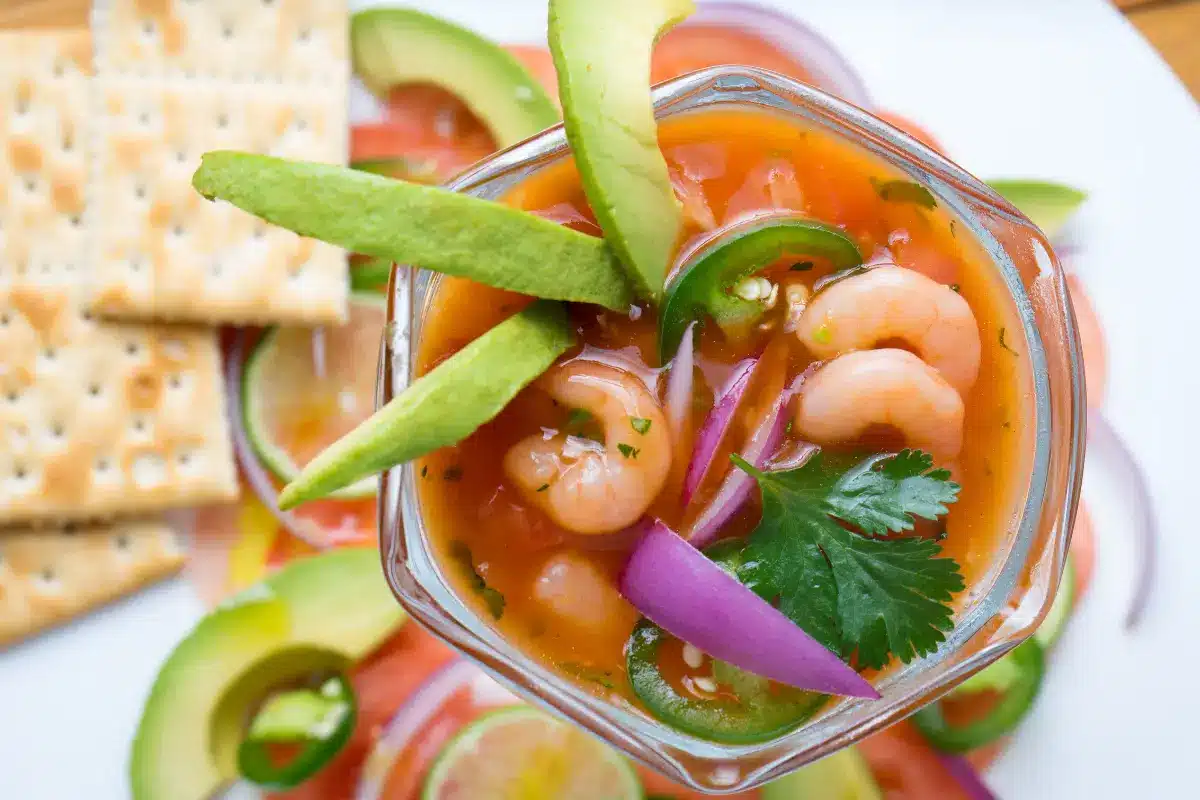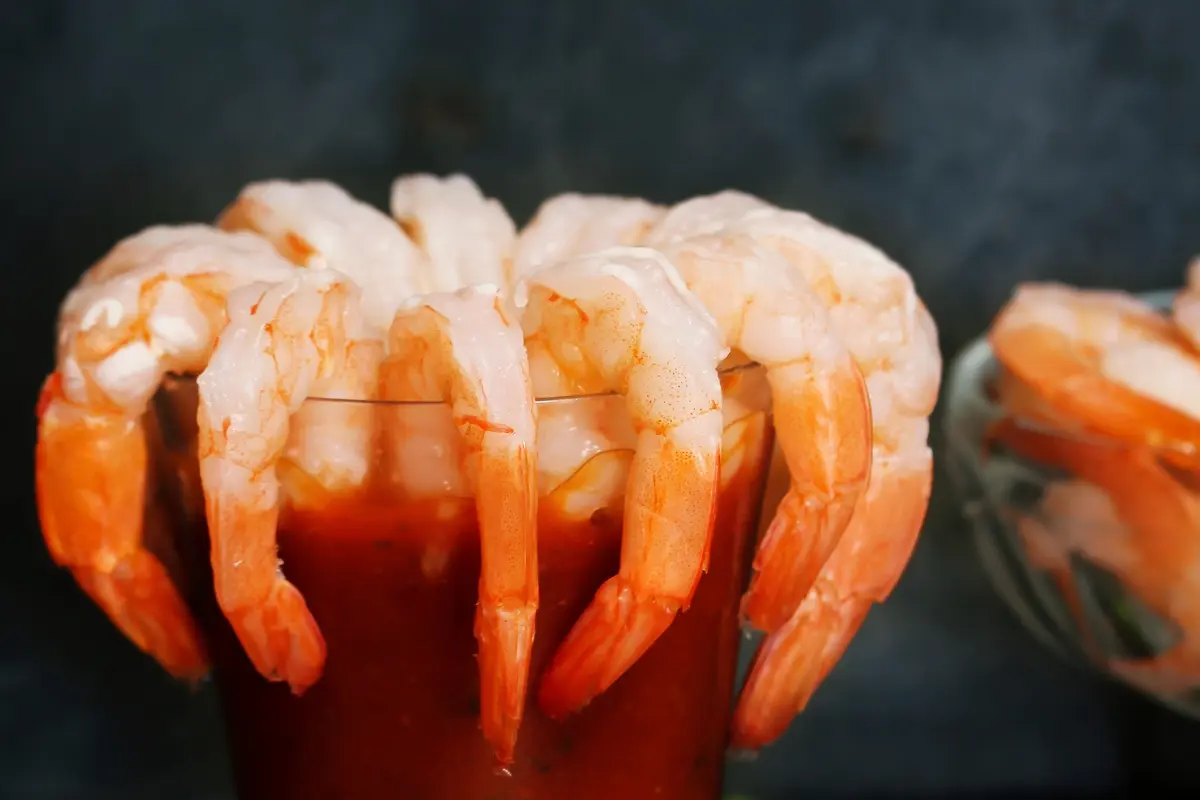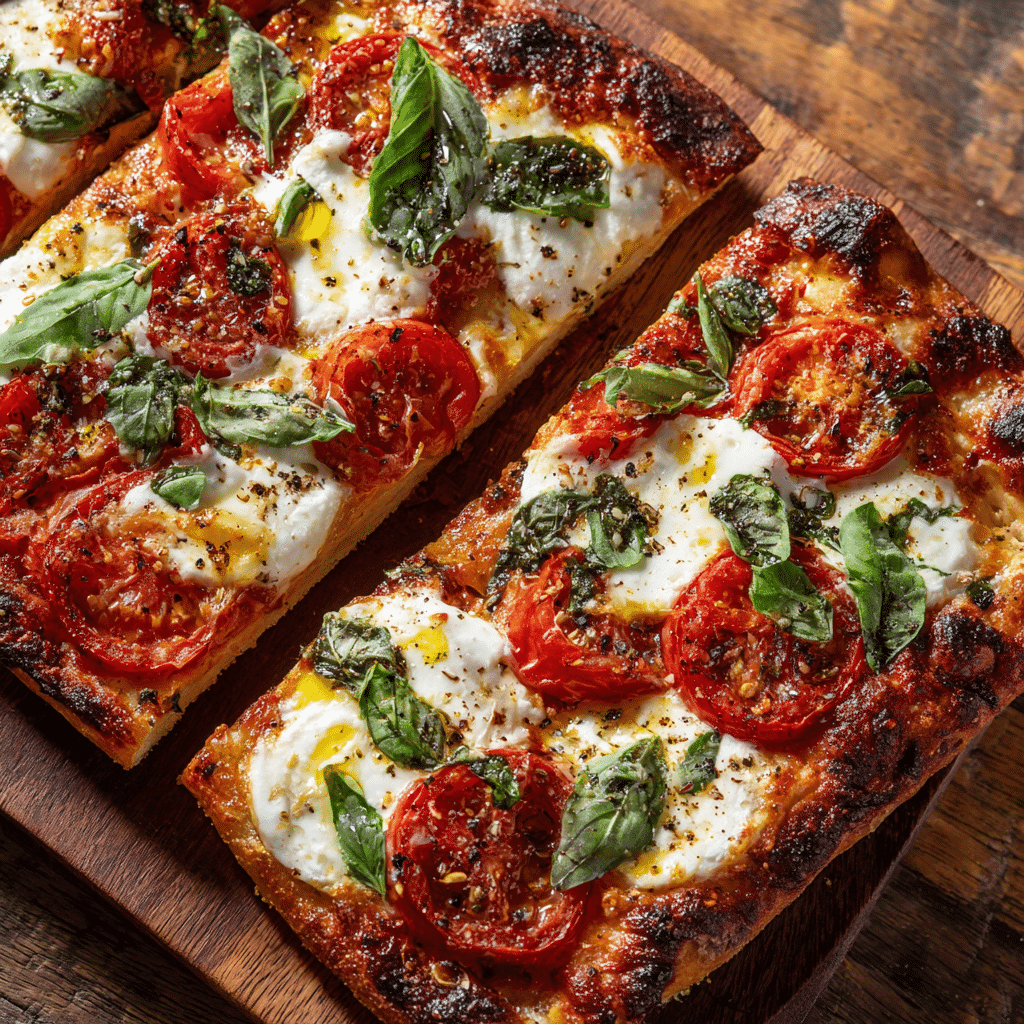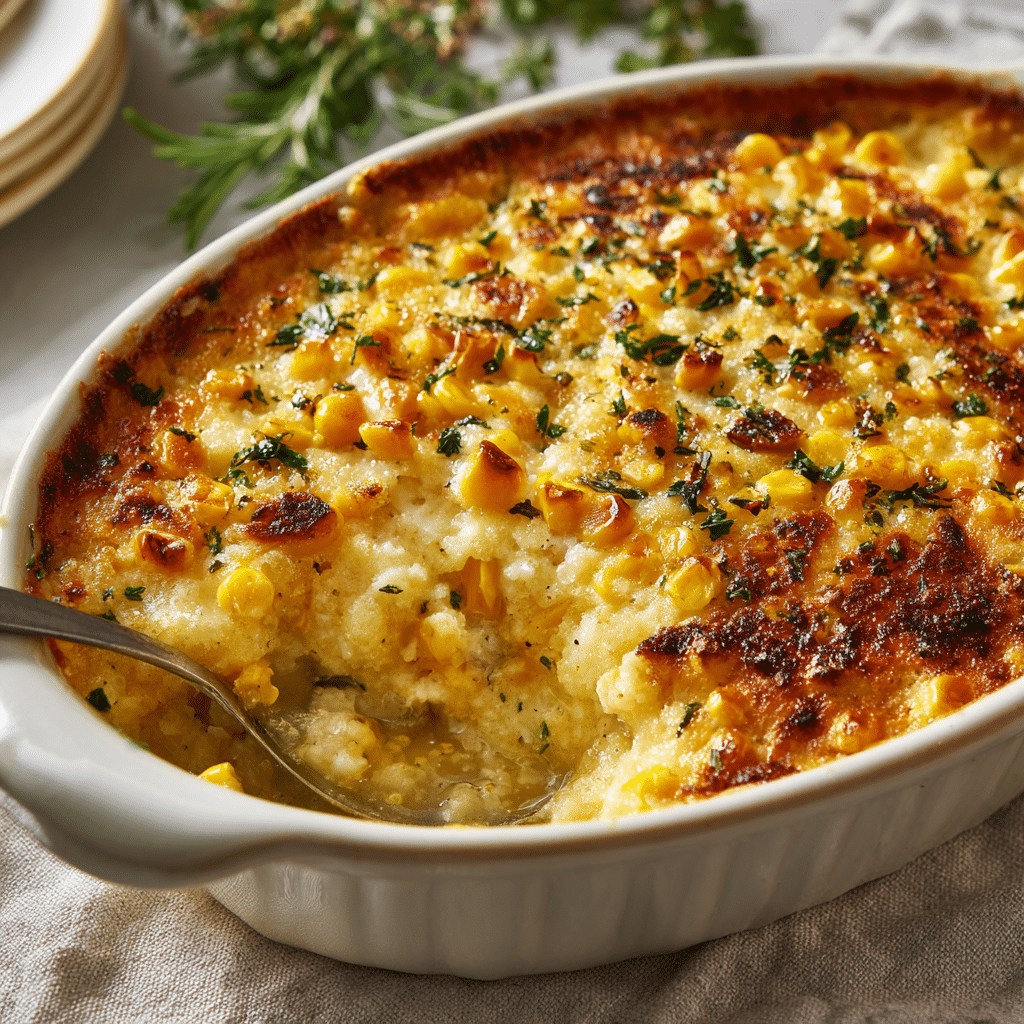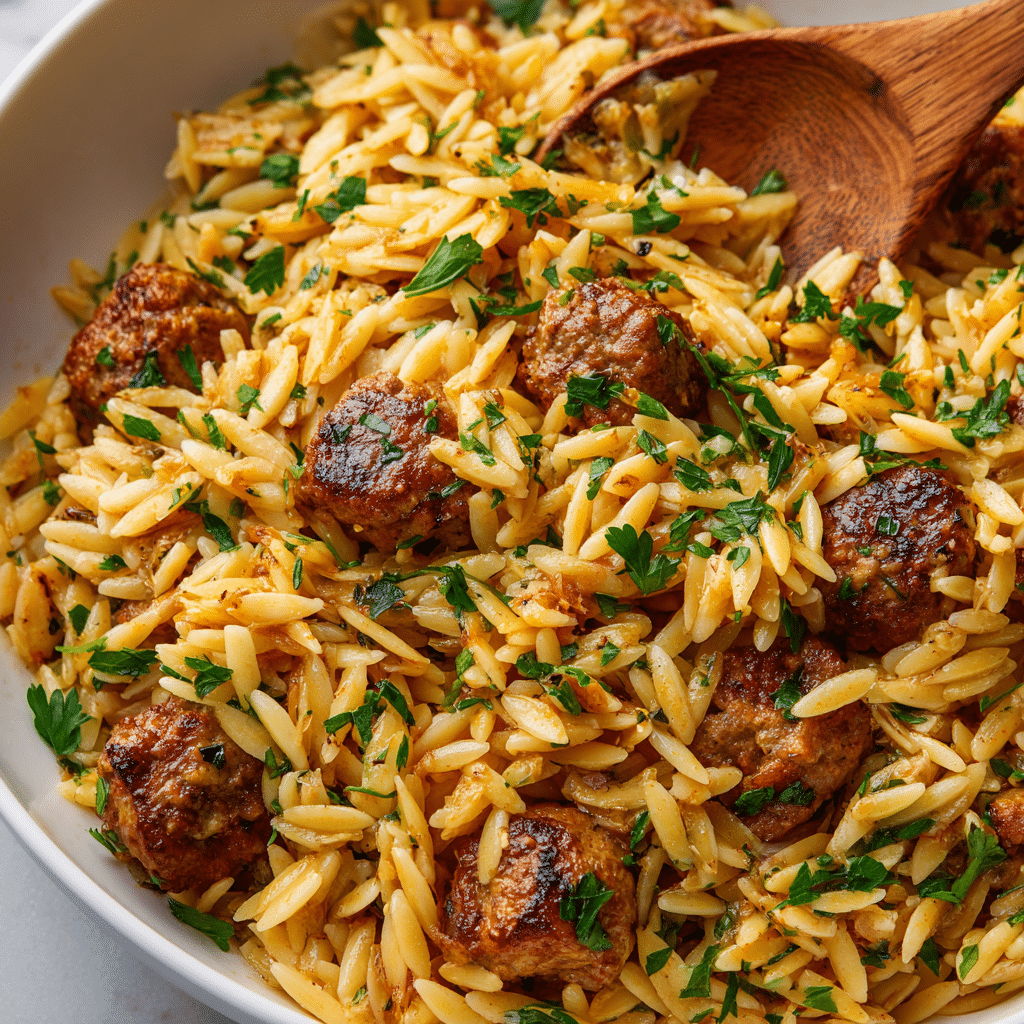Embarking on a culinary adventure often leads us to explore not just the main dishes that grace our tables but also the complementary sides that enhance their flavors. Among these, a standout is the cocktail sauce, a versatile condiment that has the power to elevate the simplest of seafood dishes to a memorable gourmet experience. This article dives deep into the world of cocktail sauce, unraveling its secrets from history and variations to a foolproof recipe and ingenious uses. Whether you’re a seasoned chef or a culinary novice, understanding the intricacies of this beloved sauce will add a new dimension to your cooking repertoire.
Cocktail Sauce
Cocktail sauce, with its intriguing blend of tang and spice, has long been the unsung hero of seafood feasts. It’s the dip that makes your shrimp pop, the zesty companion to oysters, and the secret ingredient in your seafood cocktail that leaves guests asking for more. But, what exactly is this cherished sauce, and how did it come to be a staple at dining tables across the globe?
What is Cocktail Sauce?
At its core, cocktail sauce is a symphony of flavors designed to complement the delicate taste of seafood. Traditionally, it combines the sweetness of ketchup with the fiery punch of horseradish, rounded off with a dash of lemon juice for that irresistible tang. Yet, to pigeonhole cocktail sauce into this simple definition would be to overlook its rich tapestry of variations and the cultural journey it has undergone.
Originating from a desire to enhance the flavors of seafood without overpowering them, cocktail sauce has evolved from its British roots to become a global sensation. Each region adds its twist, be it a splash of hot sauce for an American kick or a hint of Worcestershire for depth. The result? A sauce that is as versatile as it is delicious.
Cocktail Sauce Variations: A World of Flavor
From the bustling markets of Asia to the cozy diners of America, cocktail sauce has been adapted to suit the palate of its consumers. In some regions, a dollop of chili sauce adds heat and complexity, while others prefer the smoky undertones of chipotle. These variations are not just a testament to the sauce’s adaptability but also an invitation to explore and experiment.
As we delve into the ingredients and methods that make up this iconic sauce, remember, the essence of a great cocktail sauce lies in its ability to balance flavors. Whether you’re dressing up a plate of shrimp or adding a kick to your crab cakes, understanding the nuances of cocktail sauce will ensure that your seafood dishes are nothing short of spectacular. So, let’s embark on this flavorful journey, equipped with curiosity and a readiness to bring the best out of our beloved seafood.
The Anatomy of Cocktail Sauce
Peering into the world of cocktail sauce reveals a fascinating blend of ingredients, each contributing its unique flavor profile to create a condiment that’s greater than the sum of its parts. Understanding these ingredients and the substitutes available can empower even the most novice of cooks to whip up a batch of sauce that’s tailored to their taste buds. Let’s dive into the building blocks of this beloved sauce and explore how simple swaps can accommodate various dietary needs and preferences.
Cocktail Sauce Ingredients
The magic of cocktail sauce lies in its simplicity. A handful of ingredients, most of which you likely already have in your pantry, come together to create a sauce that’s both bold and balanced. Here’s what you’ll need:
- Ketchup (1 cup): The sweet and tangy base of the sauce.
- Prepared Horseradish (1-2 tablespoons): Adds a spicy kick.
- Lemon Juice (1 tablespoon): Brings freshness and zest.
- Worcestershire Sauce (1 tablespoon): Adds depth and umami.
- Hot Sauce (1 teaspoon): For an extra spicy zing.
- Fine Sea Salt (1/4 teaspoon): Enhances the overall flavor.
- Black Pepper (a dash): Provides a peppery note.
Substituting Ingredients for Allergies and Preferences
One of the greatest strengths of cocktail sauce is its versatility. Whether you’re dealing with allergies, dietary restrictions, or simply personal taste preferences, there are plenty of substitutions that can be made:
- Ketchup Alternatives: For those looking to avoid high fructose corn syrup, unsweetened ketchup or homemade ketchup can be excellent substitutes. Tomato paste diluted with a bit of vinegar or water can also work in a pinch, though it may require additional sweetening to match the flavor profile of traditional ketchup.
- Horseradish Substitutes: If horseradish is too potent or not to your liking, consider using wasabi or mustard for a similar heat. Both alternatives offer a distinctive bite that can mimic the fiery quality of horseradish.
- Lemon Juice Options: In the absence of fresh lemons, bottled lemon juice can suffice, though it may lack some of the vibrancy of its fresh counterpart. For a different twist, lime juice can also be used, offering a slightly different acidic profile.
- Worcestershire Sauce Swaps: For a vegetarian or gluten-free version, seek out specialty Worcestershire sauces that meet these criteria. Soy sauce or tamari can also add a similar depth of flavor, albeit with a different nuance.
- Hot Sauce Varieties: The type of hot sauce used can greatly influence the final taste of your cocktail sauce. From the vinegary kick of Tabasco to the smoky heat of chipotle-based sauces, feel free to experiment with what best suits your palate.
The Role of Each Ingredient
Each component of cocktail sauce plays a pivotal role in creating the perfect harmony of flavors. The ketchup offers a sweet and tangy base, while the horseradish introduces a sharp, pungent heat. Lemon juice cuts through with brightness, balancing the richness of the sauce. Worcestershire sauce contributes a complex umami flavor, and hot sauce adds an extra layer of heat. Finally, salt and pepper round out the sauce, enhancing and tying together all the flavors.
By understanding the function of each ingredient, you can better tailor your cocktail sauce to fit your specific taste preferences. Don’t be afraid to adjust the quantities or experiment with substitutions—part of the joy of cooking is making a dish your own.
Step-by-Step Recipe
Crafting the perfect cocktail sauce is simpler than you might think. With just a few ingredients and a couple of minutes, you can create a sauce that rivals any restaurant’s. This section will guide you through each step of the process, ensuring that even those new to the kitchen can achieve flawless results. Ready to impress your guests with your culinary prowess? Let’s dive in!
How to Make Cocktail Sauce
Creating your own cocktail sauce is a breeze, and the best part? It allows for customization according to your taste preferences. Here’s how to whip up this zesty condiment:
- Combine the Ingredients: In a medium bowl, mix together 1 cup of ketchup, 1-2 tablespoons of prepared horseradish (adjust based on how spicy you like it), 1 tablespoon of lemon juice, 1 tablespoon of Worcestershire sauce, 1 teaspoon of hot sauce, 1/4 teaspoon of fine sea salt, and a dash of black pepper.
- Stir Well: Make sure all the ingredients are thoroughly combined. The ketchup should take on a slightly pink hue from the horseradish, and there shouldn’t be any large clumps of horseradish or pepper.
- Taste and Adjust: This is your moment to customize. If you prefer a spicier sauce, consider adding more horseradish or hot sauce. For a tangier flavor, a bit more lemon juice can make all the difference. Remember, the sauce will develop more flavor as it sits.
- Chill for Best Results: While you can use the sauce immediately, letting it chill in the refrigerator for at least an hour allows the flavors to meld beautifully. This waiting period transforms the sauce, deepening the flavors and ensuring that every bite is a perfect harmony of tangy, spicy, and sweet.
- Serve: Your homemade cocktail sauce is ready to elevate any seafood dish! Serve it alongside shrimp, oysters, or any of your favorite seafood selections. It also makes a fantastic dipping sauce for fries or vegetable sticks.
Tips for Success
- Fresh is Best: Whenever possible, opt for fresh lemon juice and freshly ground black pepper. These small touches can significantly enhance the flavor of your sauce.
- Adjust to Taste: The beauty of homemade cocktail sauce is the ability to tailor it to your preferences. Don’t be afraid to play with the proportions to find your perfect balance.
- Let it Sit: Allowing the sauce to rest in the refrigerator not only melds the flavors but also thickens the sauce, creating a rich texture that clings beautifully to seafood.
Serving Suggestions
While cocktail sauce is traditionally served with shrimp, it’s incredibly versatile. Try it as a dip for crab cakes, a tangy topping for fish tacos, or even as a bold condiment on a seafood salad sandwich. The possibilities are endless, and with your newfound recipe, you’re well-equipped to explore them all.
Remember, the key to a great cocktail sauce lies in the balance of flavors. By following this simple recipe and adjusting it to your liking, you’ll have a go-to condiment that’s sure to impress at any gathering. So, grab your ingredients, and let’s make some cocktail sauce magic!
Creative Uses and Pairings
With your freshly made cocktail sauce at the ready, it’s time to explore the myriad of ways it can enhance your meals beyond the classic shrimp cocktail. This versatile condiment can add a zesty kick to various dishes, from appetizers to main courses. Let’s dive into some creative uses and pairings that will elevate your dining experience.
How to Use Homemade Cocktail Sauce
Cocktail sauce’s bold flavor profile makes it a fantastic complement to a wide range of dishes. Here are some innovative ways to incorporate it into your meals:
- Seafood Dishes: Beyond shrimp, cocktail sauce pairs wonderfully with crab cakes, fried calamari, and oysters. Its tangy and spicy notes can also elevate simple grilled or baked fish.
- Vegetarian Options: Use cocktail sauce as a dip for crispy vegetable fritters, zucchini sticks, or as an alternative to marinara sauce for mozzarella sticks.
- Eggcellent Companion: Surprise your guests by serving cocktail sauce with deviled eggs or as a topping on scrambled eggs or omelets for a morning kick.
- Sandwich Spreader: Spread cocktail sauce on a toasted sandwich with avocado, lettuce, and cold cuts for a lunch that packs a punch.
Cocktail Sauce Pairings
Understanding what to pair with your cocktail sauce can turn a good meal into a great one. Here are some pairing ideas that highlight the sauce’s versatility:
- With Seafood Platters: Arrange a platter with a variety of seafood—shrimp, crab legs, and scallops—and place a bowl of your homemade cocktail sauce in the center. The sauce’s zest complements the seafood’s sweetness, creating a harmonious balance.
- Vegetarian Appetizers: For a vegetarian-friendly option, pair cocktail sauce with a platter of grilled or roasted vegetables. The sauce adds depth and excitement to the earthy flavors of the veggies.
- Cheese and Crackers: Add a new dimension to a classic cheese and cracker spread by including cocktail sauce as a condiment. Its spicy kick cuts through the richness of the cheese, offering a palate-cleansing effect.
Linking with Benefits of Seafood
Incorporating cocktail sauce into your meals is not just about flavor; it’s also an opportunity to enjoy the benefits of seafood. Seafood is known for its high protein content, essential omega-3 fatty acids, and various vitamins and minerals. Pairing it with cocktail sauce not only enhances the taste but also contributes to a balanced diet.
Experiment and Enjoy
The beauty of cocktail sauce lies in its ability to transform the ordinary into the extraordinary. Whether you’re dressing up a weeknight dinner or preparing a feast for a special occasion, this versatile sauce is sure to impress. Remember, the best pairings are those that suit your taste buds, so don’t hesitate to experiment with different combinations.
By exploring these creative uses and pairings, you’ll discover just how much a well-made cocktail sauce can elevate your meals. So go ahead, get creative, and let your culinary imagination lead the way!
Storing and Making Ahead
After mastering the art of making the perfect cocktail sauce, it’s crucial to understand how to store it properly to maintain its freshness and flavor. Luckily, cocktail sauce is not only easy to prepare but also convenient to store, making it a fantastic make-ahead option for stress-free hosting. Here’s everything you need to know about keeping your cocktail sauce at its best.
How to Store Cocktail Sauce
Proper storage is key to extending the life of your homemade cocktail sauce and ensuring it remains as delicious as the day you made it. Follow these tips for optimal results:
- Refrigeration: Transfer the cocktail sauce to an airtight container and refrigerate it. This simple step can significantly prolong its shelf life, allowing you to enjoy it for up to a week. The cold environment slows down the degradation process, keeping the flavors vibrant and the sauce safe to consume.
- Freezing: While less common, freezing cocktail sauce is an option if you’ve made a large batch and want to keep it for longer. Portion the sauce into ice cube trays or small freezer-safe containers, and once frozen, transfer the cubes into a freezer bag. This method lets you thaw just the right amount needed, reducing waste and ensuring freshness. Thaw in the refrigerator overnight before use.
Making Cocktail Sauce Ahead of Time
One of the brilliant aspects of cocktail sauce is that its flavor deepens and improves with a little time. Making it ahead of your event not only crosses one more item off your prep list but also results in a richer tasting sauce. Here’s how to do it right:
- Prepare in Advance: Make your cocktail sauce a day or two before you plan to use it. This lead time allows the flavors to meld and intensify, creating a more cohesive and robust sauce.
- Stir Before Serving: After storage, the sauce may separate slightly or its texture may change. Give it a good stir or a quick whisk to bring back its smooth consistency and even out the flavors.
- Taste and Adjust: Before serving, taste your sauce. The chilling process can sometimes dull flavors slightly. If necessary, adjust the seasoning with a little more salt, lemon juice, or horseradish to brighten it up again.
Tips for Best Quality
- Use Fresh Ingredients: For the best flavor and shelf life, use fresh ingredients, especially when it comes to the lemon juice and horseradish.
- Monitor for Spoilage: Although cocktail sauce keeps well, always check for signs of spoilage before serving, such as an off smell or appearance. When in doubt, it’s best to make a fresh batch.
Storing your cocktail sauce correctly and making it ahead of time not only ensures that you’re always ready for a seafood feast but also enhances the flavor of your sauce, making it a hit with any dish. With these tips, you can enjoy your delicious homemade cocktail sauce with minimal fuss and maximum flavor.
